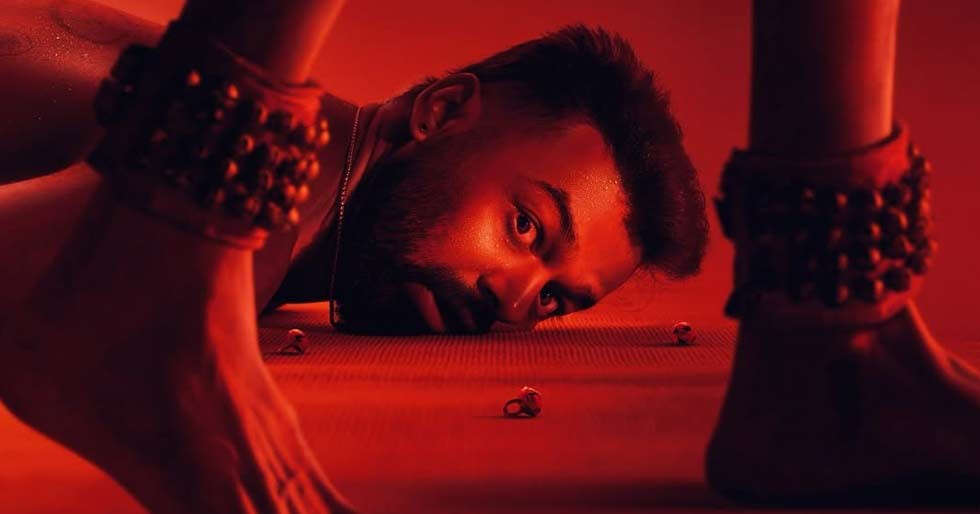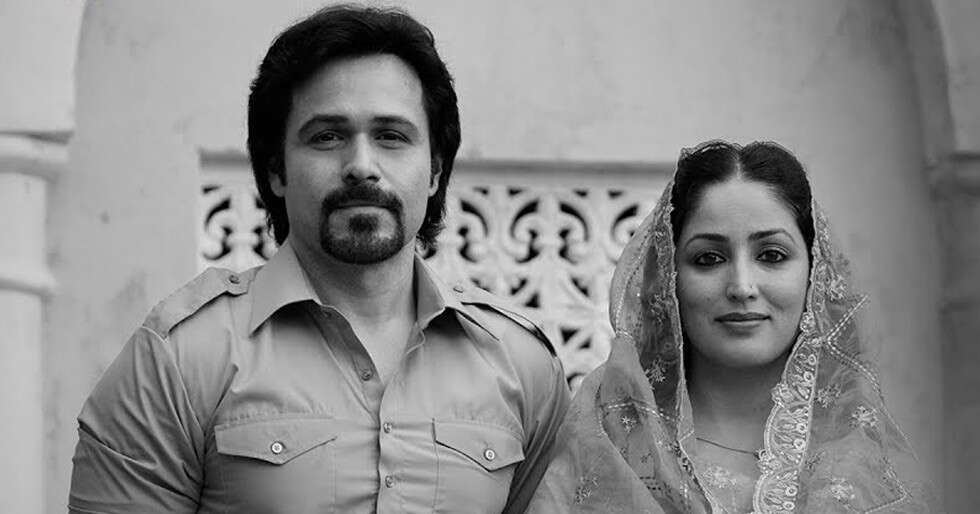Rahul Sadasivan has a different way of approaching horror. He prefers stillness to spectacle and suggestion to shock. His new film Dies Irae continues that approach. It is ambitious in its design and confident in its tone. However, he struggles to maintain narrative control when he needs it most. The film is haunting and beautifully crafted, but it is also uneven in execution.
Pranav Mohanlal plays Rohan, an architect who lives in an isolated villa. His days are calm, but his nights become fear and confusion. Strange noises, blurry figures, and restless dreams begin to invade his sense of reality. The film generates tension through silence and still images. As Rohan’s mind begins to fracture, the line between anguish and memory begins to fade.
Sadasivan tells the story sparingly. Avoid over-explaining, allowing the audience to feel the danger rather than see it. The idea works for a while because the mystery seems rooted in emotion rather than deception. The title, which means “Day of Wrath” in Latin, fits with the film’s focus on guilt and reckoning.
Pranav is excellent. Carries the story with minimal dialogue and constant control. Your fear seems real because it is contained. He doesn’t play in front of the camera or exaggerate his expressions. Every look and pause has an intention. This quiet intensity gives the film its central strength.
Gibin Gopinath and Sushmitha Bhat provide solid support. They minimize their roles according to the pace of the film. There are no forced moments or unnecessary reactions. The cast functions as a cohesive unit, allowing atmosphere to take center stage.
Visually, Dies Irae is striking. Cinematographer Shehnad Jalal frames the villa with precision. The interiors seem spacious by design, but somehow give a claustrophobic feeling. Light and shadow are used as emotional tools. The production design adds to this sense of unease. Every object and corner seems to contain a trace of memory.
Christo Xavier’s sound design is remarkable. The film’s tension lives in its sound. Footsteps, distant breathing, and faint voices create an invisible presence around Rohan. The music never dominates the action. He remains silent, generating pressure without announcing himself. The technical craftsmanship here is top-notch.
The film’s greatest strength is its mood. Sadasivan has complete control over the tone, as he did with his last production, Bhootakalam, which was a turning point for psychological horror in Malayalam cinema. Sadasivan had crafted a film that relied less on scares and more on the mood, emotions and creeping fear of the human mind. Combining themes of grief and mental illness with a haunting sense of realism, the film showcased Sadasivan’s rare ability to find horror in anguish. That control continues with Dies Irae, as Sadasivan resists the temptation to fill every moment with movement. Fear arises from anticipation and silence, not from sudden, loud signals. This choice gives Dies Irae a sense of realism that is often missing in mainstream horror cinema.
Thematic weight works too. Behind the fear lies a story about guilt, loss, and personal judgment. The horror is not external. It is born from what Rohan hides within himself. That emotional foundation keeps the film strong.
Despite the strong atmosphere, Dies Irae sometimes feels slow. The first part takes too long to pick up the pace. Several scenes persist without result. The slow pace may appeal to some viewers, but it also risks losing tension.
The script raises many questions but resolves few. Important details about Rohan’s past and the origin of the ghost remain vague. Ambiguity can be powerful, but here it borders on confusion. When the story finally reveals its secret, it lacks the emotional impact the build-up promised.
The final act, while visually engrossing, feels distant. The ending is open to interpretation but also slightly hollow. The film focuses more on an image than a feeling, and that limits its permanence.
Sadasivan once again proves that he is one of the most controlled voices in Malayalam cinema today. Treat horror as a mood rather than a gimmick. His approach is refreshing and deliberate. Even when the story fails, the direction remains strong. Every frame feels considered. His association with Pranav Mohanlal shows a shared understanding of restraint and pace.
Dies Irae is a carefully made film that values texture and emotion over shock and spectacle. It is haunting, thoughtful and technically accomplished. However, he is also slow and sometimes distant. The film’s commitment to defusing tension may frustrate those looking for a quicker or clearer payoff.
For viewers who enjoy atmosphere and suggestion, this film offers a lot to appreciate. For those looking for rhythm and closure, it may seem incomplete. Still, it represents another bold step for Malayalam horror and a sure sign of Pranav Mohanlal’s growing maturity as an actor.
Also Read: Dies Irae Trailer Promises Chilling Horror As Pranav Mohanlal Fights A Family Curse



